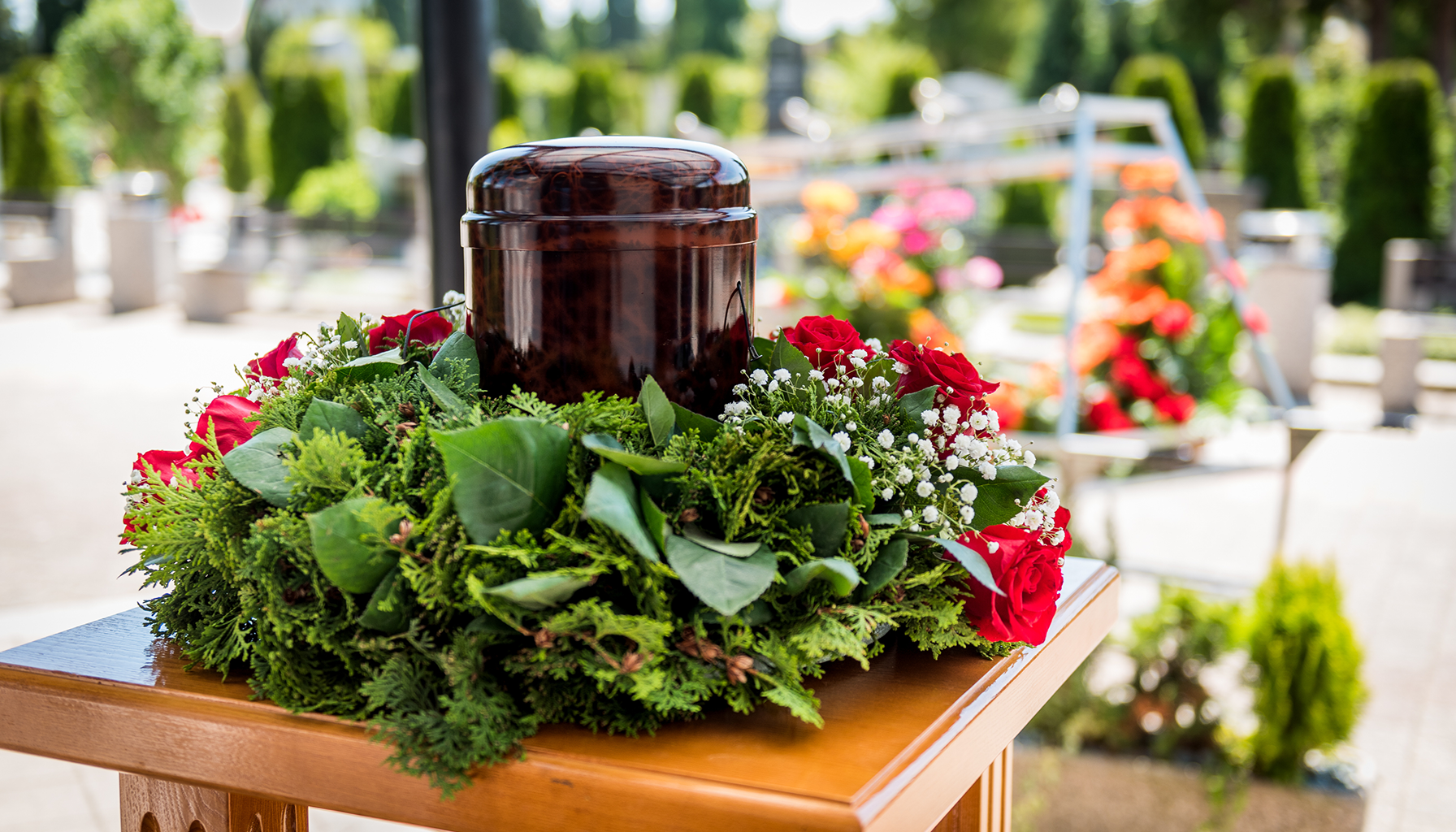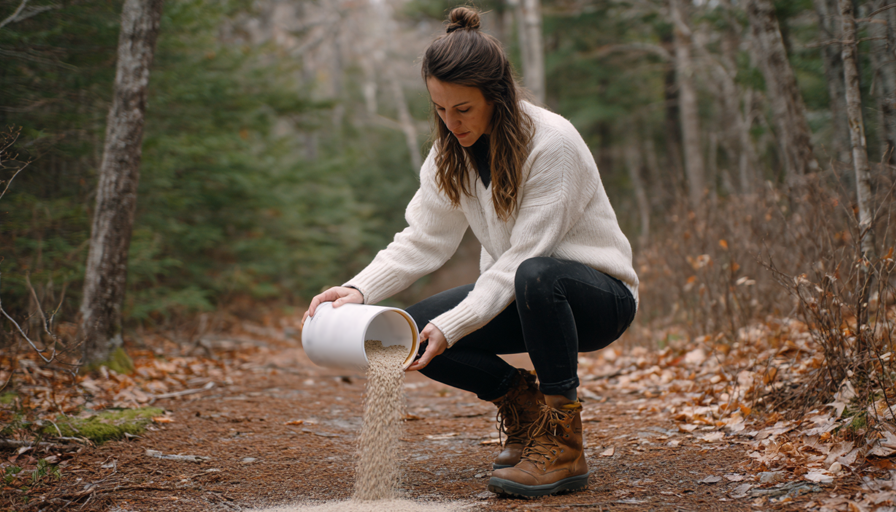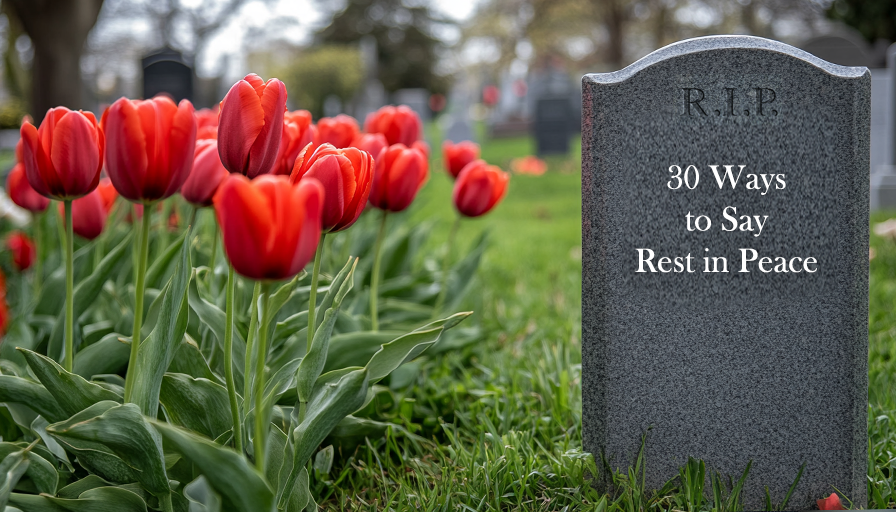How Long Does It Take to Get Ashes After Cremation?
It may surprise you to learn that the most common and popular form of funeral in the UK is cremation, and it has been for some time now. While there is a lot of pain, sadness, and stress surrounding this important event, it can be exceptionally comforting for the loved ones to know that they can hold on to the ashes of the deceased.
If you are planning the cremation of a deceased loved one, you may wonder the question posed in the heading of this page: “How long does it take to get ashes after cremation?” To help you understand the answer, we will look at what needs to happen at different stages in the process before you can have the ashes of your loved one with you. So you can either keep them or scatter the ashes.
What Needs to Happen Before a Cremation Can Take Place?
Before you even get to the stage of having your deceased loved one cremated, you have to file the death certificate and then submit an application to have the body cremated. In normal circumstances, if you are the person who filed the death certificate and organized the cremation, you will be able to collect the ashes of your deceased loved one within 1 to 3 days following the cremation ceremony.
Registering the Death Before the Cremation Can Happen
When someone dies, it is usually the closest surviving relative that will receive the medical certificate for their death from the hospice or hospital where they died. However, if they die in their own house, it will be their GP who will issue this critical document. Sometimes, this document is referred to as the MCOD (Medical Certificate of Cause of Death).
The MCOD includes the deceased’s name and age, the place, time, date, and cause of death. Once you have this certificate, you can go to the local registry office to officially register their death.
Visit the Registry in Person
It is standard practice to visit the registry office in person. This makes handing in your original copy of the deceased’s MCOD easier and less hassle. Following the COVID-19 pandemic, however, some registry offices may accept the registration of a death by phone.
If you can register the death over the phone, the registrar dealing with your request may require you to take a photograph or scan the medical certificate and then email it to the registry office. Whether this is possible at the registry office where you intend to register the death will depend on their preferences and rules.
How to Find the Local Registry Office?
Unless you have had to register a death or a birth before, you may not know where the local registry office is. Don’t worry, though, as the information can be found online in several ways:
- Search for the term “registry office” along with the city or town on Google.
- Use the UK Government’s GOV.UK website if you are in England or Wales.
- Locate the number of the registry office in the phone book, if you have access to one.
- Ask the funeral director for help locating the registry office; many of them tend to have those details on file.
What is the Informant?
You may have read about someone referred to as “The Informant” when registering deaths. This is the person who registers a death with the registry office. It is normally the deceased's spouse or partner or the next closest relative.
However, the informant can also be someone who is not related to the deceased if there is no relative or spouse available. They may have registered the death because they witnessed it or found the body after the deceased passed away.
In situations where there is no apparent reason or cause why the deceased passed away, or their death is related to a crime, the local coroner will carry out an inquest. The coroner is a government-appointed individual who investigates why people die. In this scenario, it is the coroner that will register the death.
If the coroner pushes for an inquest, it can often hold up the rest of the funeral and cremation process. However, this is standard practice, as the coroner needs to establish how and why they died before they can allow a cremation to happen.
Registering a Death is a Legal Requirement
If the responsibility of registering the death of an individual, whether it’s your spouse, partner, relative, or someone else, falls to you, then you need to do this, by law, within five days after their death. The crematorium you choose to use will require the official death certificate before they can proceed with scheduling a cremation for the deceased.
Death Certificate and Cremation Permit
When you visit your local registry office in person, you will receive the deceased’s death certificate and a cremation permit at the same time. This permit can be presented to the funeral director or crematorium to let them know the cremation can take place.
However, if you register the death by email or over the phone, you may need to wait a few days for the death certificate to be posted by the registrar.
Proceeding With the Cremation Process
After you have received both the death certificate and the cremation permit for the deceased, you can pass them on to the crematorium to schedule the cremation. You will also be given an application for cremation to fill out. The closest surviving relative of the deceased typically fills out this official form. With this form, you can:
- Give your written consent to the crematorium for the cremation plans of the deceased to move ahead.
- Indicate whether you want to collect the ashes of your deceased loved one or have the crematorium scatter them for you.
- Request that the crematorium hold onto the ashes of your deceased loved one for a specific duration if you need some time to think about what you would like to do with them.
- Name an alternative person who can collect the ashes of your deceased loved one on your behalf if you are not able to do so yourself.
NB: The only person who can collect the deceased's ashes following cremation is the person who signs the form. If you want an alternative person to collect the ashes instead of you, you need to name them in the form. The person who consents to collecting the ashes should bring a valid form of identification, like their passport or driving license.
Cremation After Service
Generally, the body of the deceased is taken into the cremation chamber following a cremation service if you have one. This is not immediate, but it is generally on the same day. When you have a direct cremation (without a funeral or service), the crematorium will let you know the date and time the cremation will take place.
The Ashes of the Deceased Go Through Several Processes Afterwards
Following the cremation, the ashes of your deceased loved one will go through several processes. First, they need to be cooled down. The cremation chamber is heated to an extremely high temperature of up to 1000 degrees Celsius. Therefore, it takes 1 to 2 hours for the ashes to cool after being removed from the chamber.
Once the ashes are cool, the crematorium removes any metallic items from among them. These are normally prosthetics, braces, and dental crowns. They do this by hovering a strong magnet over the ashes to pull out the metallic fragments.
The last process the ashes need to go through involves a machine that grinds them down into a much finer powder. This ensures that larger bone fragments that have not broken down are much easier to scatter. When this stage has been completed, the crematorium places the ashes into a temporary urn and is ready to be collected.
Cremation Certificate
When you go to collect the ashes of your deceased loved one, you will be given a cremation certificate. This includes the deceased’s identity and the date and place of their cremation. It is essential to keep this paperwork safe, as you will need it if you ever move overseas and take the ashes or transport them abroad to another family member. When travelling, you should always keep it on your person to show it to the airport staff when they ask.
Cremation Costs Are Taken Upfront
To avoid any difficulty and awkward situations, the costs involved in cremation are paid for upfront. This means you won’t have to deal with the stress of trying to pay for it after it happens.
There is no escaping that when the living dies, we need to deal with their bodies. Most people lean towards cremations, the trends suggest. Although every effort has been made to make the process of cremating the body of a deceased loved one easy and stress-free. There are still many stages, as you can see, to get to the point when you collect the ashes. Unless the death occurred as part of a crime, you will be able to collect the ashes of your deceased loved one within three days of the cremation service and the actual cremation.
We hope this guide helps you when you next need to arrange for the cremation of a loved one and makes the process a calm one.
















